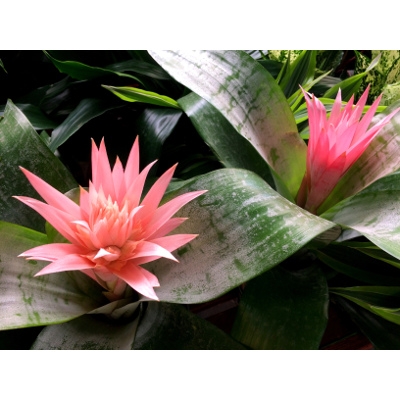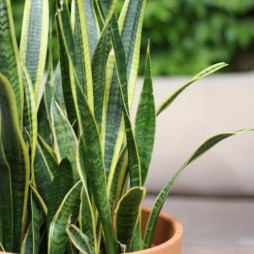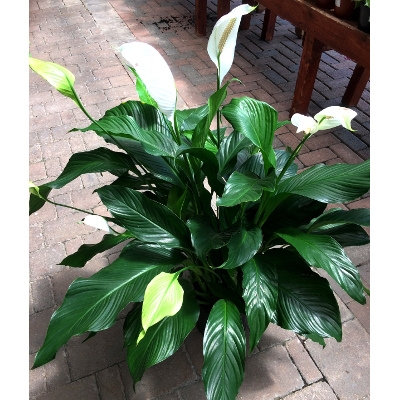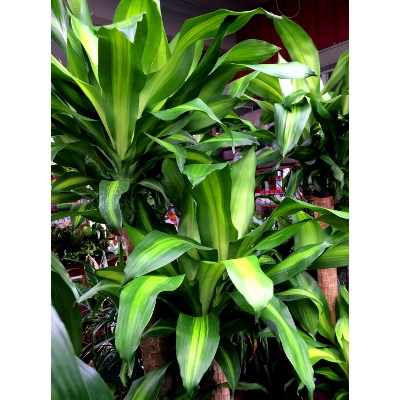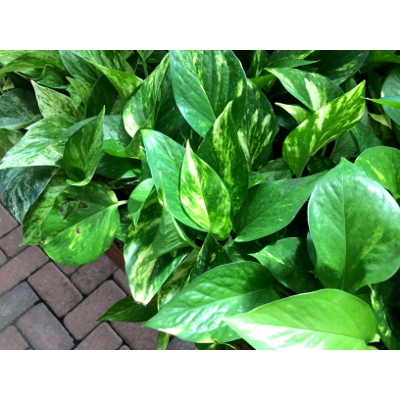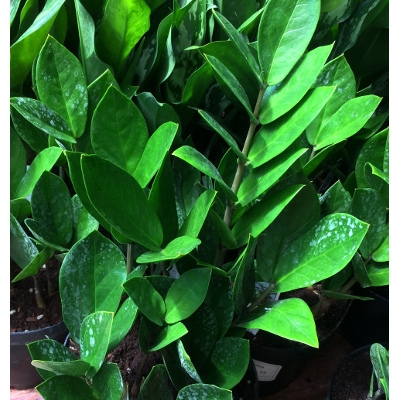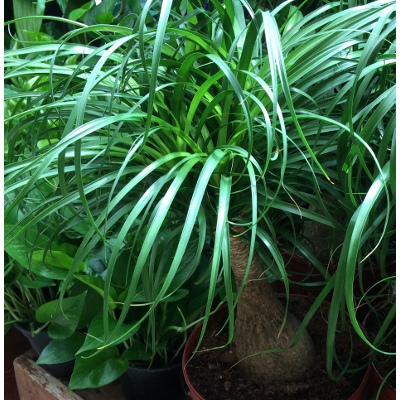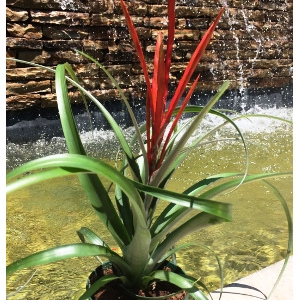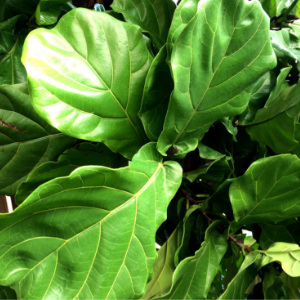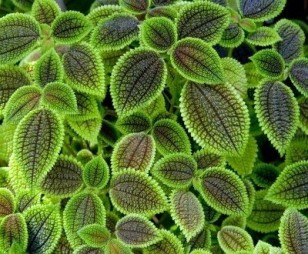Product Catalog
Description
Bromeliads come in a wide variety of styles, provide an exotic touch to the home and bring a sense of the tropics and sun-kissed climates inside. Growing bromeliads is easy since they are tough and carefree while bringing interesting texture and color to your interior garden.
Rates
Please contact us for current pricing and availability.
Description
Also commonly known as mother-in-laws tongue due to their sharp, pointed tips, snake plants are very straightforward. If a prize were available for the most tolerant plant, snake plants would certainly be among the winners. They can be neglected for weeks at a time yet with their strappy leaves and architectural shape, they still look fresh.
Rates
Please contact us for current pricing and availability.
Description
Peace lilies are one of the most common houseplants because they are so easy to grow. The dark green leaves and beautiful white blooms make for a stunning addition to any room in your home.
Rates
Please contact us for current pricing and availability.
Description
Corn plants are one of the most popular and easiest house plants to grow. They produce leaves that look similar to corn leaves but remain green year-round. Although they are primarily grown for their foliage, they also produce yellow-white blooms when properly cared for.
Rates
Please contact us for current pricing and availability.
Description
The Pothos plant is considered by many to be a great way to get started caring for houseplants. Because they are easy to care for and undemanding, this simple yet beautiful plant is an easy way to add some green in your home.
Rates
Please contact us for current pricing and availability.
Description
If ever there was the perfect plant for the ultimate brown thumb, it is the easy to care for ZZ plant. This virtually indestructible houseplant can take months and months of neglect and low light and still look amazing.
Rates
Please contact us for current pricing and availability.
Description
In recent years, the ponytail palm tree has become a popular houseplant and it is easy to see why. Its sleek bulb-like trunk and lush, long curly leaves make it visually stunning; and the fact that a ponytail palm is forgiving and easy in its care makes this an ideal houseplant for many people.
Rates
Please contact us for current pricing and availability.
Description
Foxtail ferns are not really ferns, as they’re multiplied from seeds and produce no spores. The common name likely came from the clumping habit of the plant that is similar to that of a fern. Foxtail asparagus ferns have an unusual, symmetrical look. These fern-like plants have arching plumes of tightly packed, needle-like leaves that look soft and delicate. Foxtail fern plants bloom with white flowers and produce red berries. The plants appear fragile and may cause gardeners to shy away from them, expecting difficult and extensive care of foxtail fern. Don’t let the appearance deceive you, however. In reality, foxtail ferns are tough and hardy specimens, flourishing with limited care. Foxtail fern plants are drought resistant once established. Plant the outdoor foxtail fern in a lightly shaded area, particularly avoiding hot afternoon sun in the hottest zones. The potted specimen outside can take gentle morning sun with light shade for the rest of the day. Indoors, locate the foxtail in bright light and even direct morning sun in winter.
Rates
Please contact us for current pricing and availability.
Description
There are more than 650 types of air plants, scientifically identified as Tillandsia, that can grow—and thrive—without soil and come in all sizes and colors. Air plants are probably the easiest plant to grow so it's perfect for gardeners who tend to have a "black thumb." Although air plants used to be a rare greenery, these hardy plants have become popular in the past couple years. Many air plants grow with strap-shape or slender triangle-shape leaves, and most have attractive tubular or funnel-shape flower and are native to the southern United States, Mexico, Central America, and South America.
Rates
Please contact us for current pricing and availability.
Description
A Fiddleleaf Fig is a flowering plant from the mulberry and fig family. It is native to western Africa where it grows in lowland tropical rainforests. The plant gets its name from the leaves which have a broad apex and narrow middle and resemble a fiddle. It serves well as a houseplant in temperate areas, where it usually stays shorter and does not flower or bear fruit. Grows best in bright but indirect sunlight.
Rates
Please contact us for current pricing and availability.
Description
Native to the tropical forests of Central and South America, the Friendship plant bears its name due to the rapid rooting of cuttings that can be established for new plants to give to friends and family. Featuring quilted leaves of apple green with deep bronze veins and ease of care, the Friendship plant makes it a joy to grow indoors. This adorable plant will get about 6 inches high and rarely up to 12 inches. With proper care, this little gem might even favor you with its pale pink flowers.
Rates
Please contact us for current pricing and availability.

